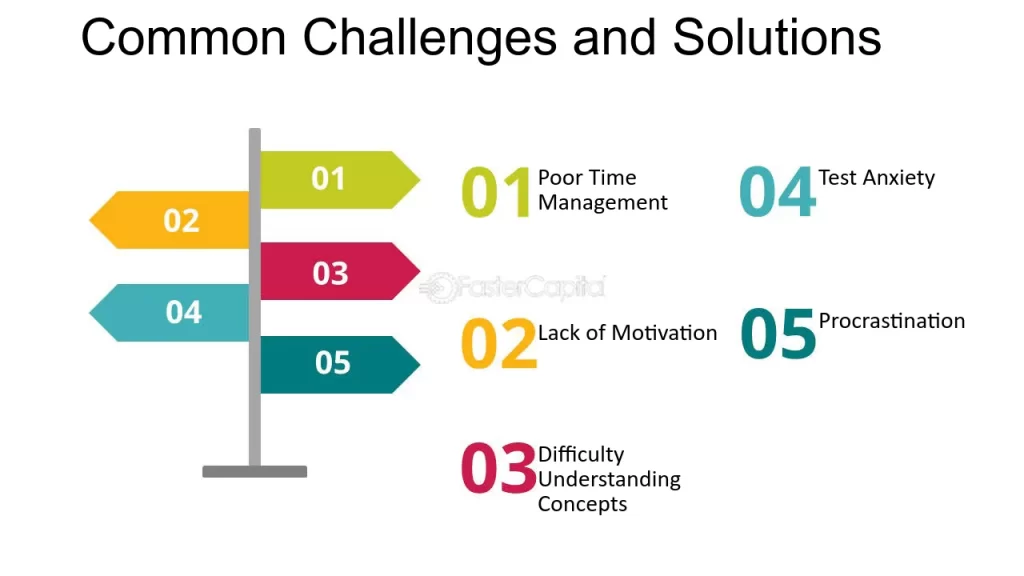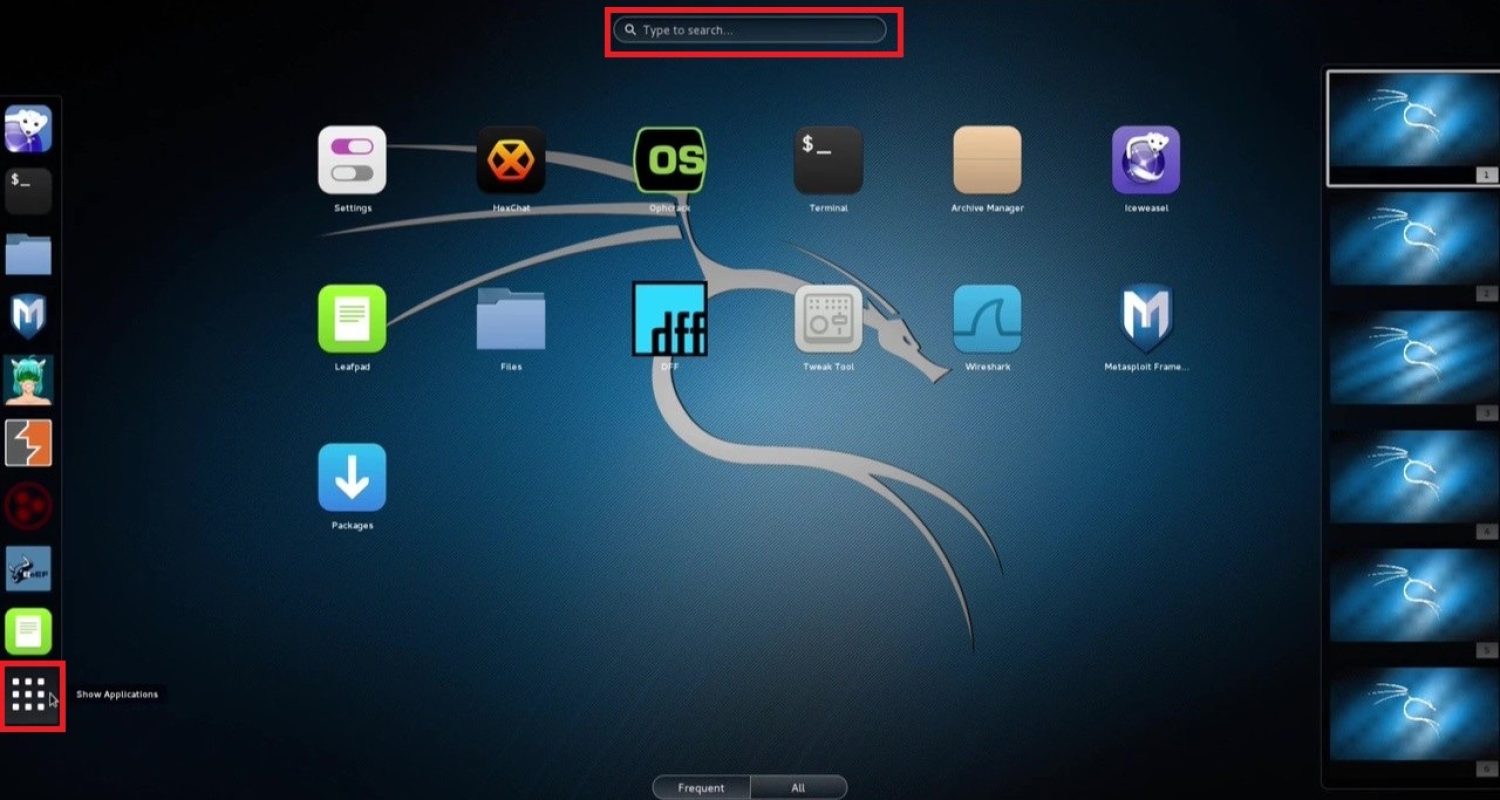
Introduction
In a world where cybersecurity is paramount, having hands-on experience with powerful tools like Kali Linux can be a game-changer. But what if you need the flexibility of Windows alongside the robustness of Kali Linux? The answer lies in dual-booting these operating systems. In this guide, we’ll take you through the step-by-step process of achieving a seamless dual-boot setup, catering to both beginners and seasoned tech enthusiasts.
Understanding Dual Booting
1. What is Dual Booting?
Before we delve into the technicalities, let’s grasp the concept. Dual booting is the practice of installing two operating systems on a single computer, allowing you to choose which one to use each time you power up your device. It’s like having the best of both worlds.
2. Why Dual Boot Kali Linux with Windows?
The real question here is why opt for Kali Linux alongside Windows? Kali Linux is a powerful platform for penetration testing and ethical hacking, while Windows offers a user-friendly interface for daily tasks. Combining the two gives you the perfect synergy of functionality and versatility.
Step-by-Step Guide
3. Preparing for Dual Booting
Before embarking on the dual-boot journey, you need to make some preparations. Back up your important data, create a bootable USB drive with Kali Linux, and ensure your system meets the necessary requirements.
4. Creating a Partition for Kali Linux
Partitioning your hard drive is a crucial step. Allocate space for Kali Linux without affecting your Windows installation. This ensures both operating systems coexist harmoniously.
5. Installing Kali Linux
With the partition ready, install Kali Linux on the allocated space. Follow the installation wizard, making sure to select the correct partition. Pay attention to the bootloader installation to avoid potential issues.
6. Configuring the Dual Boot Menu
After a successful installation, configure the dual-boot menu. GRUB (Grand Unified Bootloader) is a popular choice for managing multiple operating systems. Customize the boot order and timeout according to your preference.
Common Challenges and Solutions
7. Addressing Compatibility Issues
Compatibility problems may arise due to hardware differences between Kali Linux and Windows. Update your drivers and explore online forums for specific solutions tailored to your system.
8. Handling Boot Errors
Occasional boot errors are not uncommon in dual-boot setups. Troubleshoot using recovery options or boot repair tools. Patience and persistence are key here.

In Closing
In the dynamic landscape of technology, dual booting is a skill that can set you apart. It’s not just about running two operating systems—it’s about mastering the art of seamlessly integrating them. As you navigate through this guide, remember that curiosity and perseverance are your greatest allies. Happy dual booting!
Tips and Best Practices
9. Keeping Systems Updated
Both Kali Linux and Windows receive regular updates to enhance security and functionality. Make it a habit to keep both operating systems up-to-date to ensure a smooth dual-boot experience.
10. Backing Up Regularly
Dual-boot setups are not immune to unforeseen circumstances. Accidents happen, and having a backup is your safety net. Regularly back up your important data to avoid any data loss nightmares.
Navigating the User Interface
11. Customizing Your Desktop Environment
Kali Linux offers various desktop environments to cater to different preferences. Whether you prefer the sleekness of GNOME or the efficiency of XFCE, take the time to customize your desktop environment for a personalized user experience.
12. Utilizing Windows Applications on Kali Linux
One of the perks of dual booting is accessing Windows applications from your Kali Linux environment. Explore compatibility layers like Wine or virtualization solutions to seamlessly run Windows software within your Kali setup.
User Feedback and Opinions
13. Community Perspectives
To provide a holistic view, let’s turn to the community. Tech forums, blogs, and social media platforms are filled with user experiences. Gain insights, learn from others’ challenges, and contribute your solutions to the growing dual-boot community.
Closing Thoughts
In the ever-evolving landscape of technology, the ability to seamlessly navigate diverse operating systems is a valuable skill. As you embark on your dual-boot journey, remember that each challenge is an opportunity to learn and grow. The world of possibilities awaits—dual boot with confidence!
Navigating Challenges and Seeking Solutions
14. Dual-Boot Troubleshooting
Despite meticulous planning, issues may arise. If you encounter difficulties, don’t panic. Explore online forums, community discussions, and troubleshooting guides. Often, the community has encountered similar problems and can offer valuable insights.
15. Security Considerations
Kali Linux is renowned for its robust security features. However, sharing a system with Windows requires extra vigilance. Implement firewalls, regularly update antivirus software, and practice secure browsing habits to safeguard both operating systems.
Enhancing Performance and Speed
16. Optimizing Boot Times
Speed matters, especially during boot-up. Fine-tune your boot settings to optimize the time it takes to switch between Kali Linux and Windows. This ensures a seamless transition and enhances overall system performance.
17. Resource Allocation
Balancing resources between Kali Linux and Windows is crucial. Adjust RAM allocation and processor cores to meet the demands of each operating system efficiently. This strategic resource management ensures a smoother dual-boot experience.
User Experiences and Insights
18. Real-world User Scenarios
To add a human touch to the guide, let’s explore real-world user experiences. Share your journey on forums, engage with the community, and learn from others who have walked the dual-boot path. Every experience is unique and contributes to the collective knowledge base.
Conclusion: Mastering the Art of Dual Booting
In the realm of technology, mastering the art of dual-booting is akin to becoming a virtuoso. It’s not just about managing two operating systems—it’s about understanding their nuances, optimizing performance, and seamlessly switching between them.
Parting Words
As you embark on this dual-booting adventure, remember that the tech landscape is ever-changing. Stay curious, stay engaged with the community, and don’t shy away from experimenting. The dynamic dance between Kali Linux and Windows awaits your command. Embrace the possibilities, and may your dual-booting journey be both enlightening and empowering.
Thanks & Regards;Ashwini Kamble
Digital Marketer



